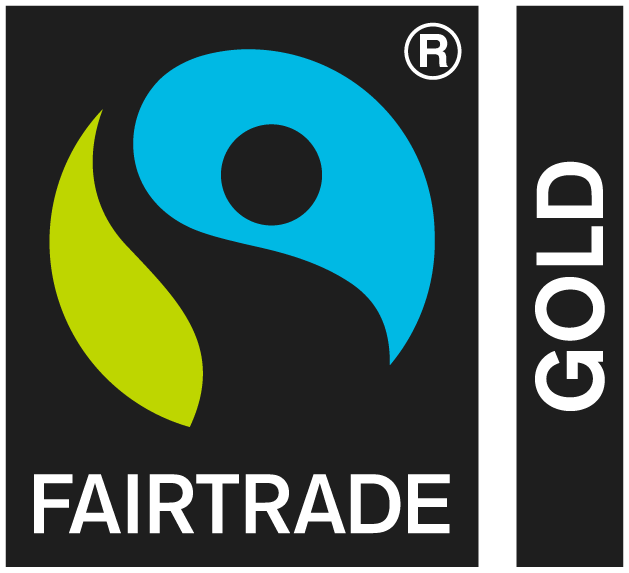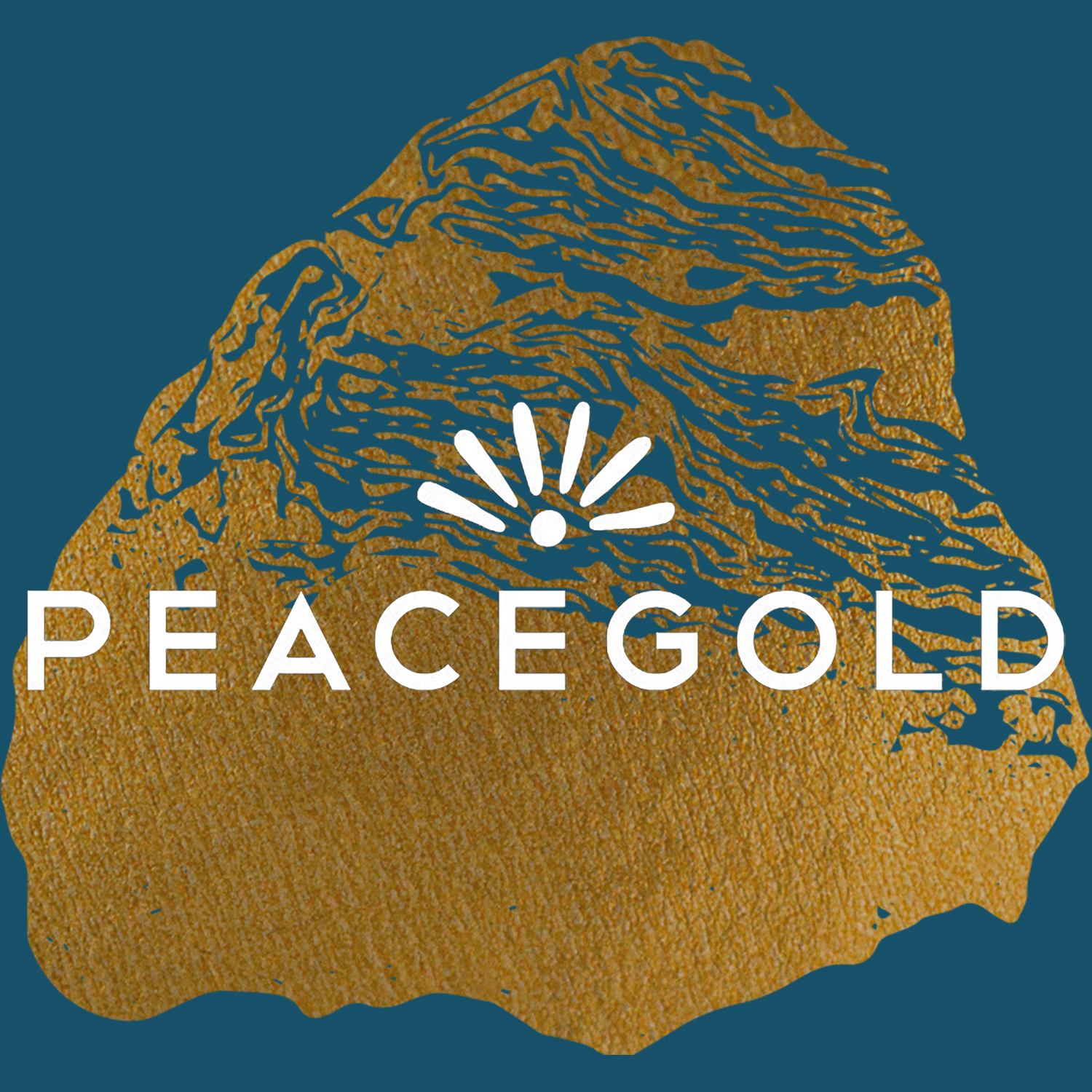Discover Gold
Gold & Precious Metals
PeaceGold originates in eastern Democratic Republic of Congo. It is a peace building and conflict resolution programme that will be funded through the sale and export of gold that comes from the 11 PeaceGold Cooperatives. All PeaceGold will be mercury free, contribute to community development, human rights, peace education and the formalisation of artisanal gold mining cooperatives. PeaceGold, unlike Fairtrade or Fairmined Gold does not carry a social premium. The benefits for miners and community is harnessed through co-ownership. This enables mining communities to benefit from the profitability the entire supply chain. It is expected that PeaceGold will be available in bullion form for jewellers late 2025 early 2026.
PeaceGold silver will be available as a by-product of the gold refining
Key benefits of PeaceGold
- Conflict free assurance
- Craft Code aligned
- Child labour elimination
- Health and safety in the mines
- Traceability and transparency in the supply chain
- Peace building and conflict resolution training and education
- Community development
- Cooperative ownership of the supply chain
For more information on PeaceGold please visit www.peacegold.org/

Fairtrade Gold.
Key areas of focus within the Fairtrade Gold standard are:
- Health & safety requirements in the mining
- Gender equality standards across the organisation and mining operation
- Organisational transparency and democracy.
- Labour standards including child labour
- Environmental standards and the handling of toxic chemicals, including mercury & cyanide.
- Fairtrade minimum price of 95% of LBMA* daily fix
- Premium paid to mining groups of $2000USD per kilo.
- Transparent and traceable audited supply chains – from mine to retail.
- Independent third-party verification of consumer claims and Fairtrade standard compliance at the ASMO level.
- Producer support for monitoring progress of groups.
For more information of Fairtrade Gold please visit www.fairgold.org/

Fairmined Gold
Fairmined is an initiative whose label certifies gold of responsible origin. Guarantee that it is a traceable gold, extracted with the best mining practices aimed at preserving the environment, and support the development of artisanal and small-scale mining communities.
Fairmined Silver is available as a by-product of the gold refining.
Key Benefits of Fairmined Gold
- Environmentally friendly
- Responsible use of toxic chemicals
- Gradual reduction in the use of toxic chemicals
- Fairmined Premium: USD 4,000 per kg
- Minimum Price Guarantee
Fairmined Ecological Gold
- Ecological
- No use of toxic chemicals
- Rehabilitation of native ecosystems, e.g. forest restoration in highly biodiverse areas Additional requirements to minimize ecological disturbance
- Organic Premium: 6,000 USD (regular premium + 2,000 USD per kg)
To learn more about Fairmined Gold visit https://fairmined.org/
Recycled Platinum
Recycled platinum refers to platinum that has been recovered from old jewellery, industrial applications, or electronic devices and then processed for reuse. Platinum is a precious metal that is highly valued for its rarity and properties, such as resistance to tarnish and corrosion.
The recycling process typically involves several steps:
- Collection: Old or unused platinum items, such as jewellery, dental work, or industrial scrap, are collected.
- Sorting: The collected materials are sorted to ensure they contain platinum and to separate them from other metals and materials.
- Smelting and Refining: The sorted platinum is melted down and refined to remove impurities. This can involve chemical processes or other methods to ensure the final product is of high purity.
- Repurposing: Once refined, the recycled platinum can be used to create new jewellery, industrial components, or other products, effectively reducing the need for newly mined platinum.
Recycling platinum has some environmental benefits as it helps reduces primary mining activity, and minimises environmental impact associated with extracting and processing new platinum. It also often comes at a lower cost than newly mined platinum, making it an attractive choice for manufacturers and consumers alike.
Currently there is no official standard or verification system for recycled platinum
Recycled Silver
When it comes to understanding recycled silver, it is always good to start with where silver originates. The primary sources of silver can be categorised into several categories based on where and how it is extracted. Here are the main sources:
- Mining:
- Primary Silver Mines: These are mines that are specifically developed for the extraction of silver. They may produce silver as the main product.
- Polymetallic Mines: Many silver deposits are found in conjunction with other metals, particularly lead, zinc, and copper. In these cases, silver is extracted as a by-product during the mining of these primary metals.
- Gold Mines: Silver can also be a by-product in gold mining operations, where silver ores are found alongside gold.
- Secondary Sources:
- Electronic Waste (E-waste): Many electronic devices contain small amounts of silver, particularly in circuit boards and connectors. Recycling e-waste can recover valuable silver along with other metals.
- Dental Work: Silver amalgams used in dental fillings can also be a source of recycled silver when dental practices collect and recycle this material.
- Natural Occurrences:
- Silver can be found in its native form in nature, although this is relatively rare. More commonly, it occurs in various mineral compounds, such as argentite (Ag₂S) and chlorargyrite (AgCl).
Overall, mining remains the primary source of silver, but recycling plays an increasingly important role in the supply chain, helping to meet demand while reducing the environmental impact of mining activities.
Recycled silver refers any silver that has been recovered from old or unused items, such as jewellery, silverware, electronics, or industrial scraps, and then processed for reuse. This process helps to reduce environmental impact associated with mining new silver, and provide a measure of sustainable alternative for manufacturers and consumers.
The recycling process typically involves several steps:
- Collection: Old or unused silver items are gathered from various sources, including jewellery stores, thrift shops, or recycling centres.
- Sorting: Collected materials are sorted to separate silver items from non-silver materials and to identify the purity of the silver.
- Smelting and Refining: The agregated silver is melted down, and impurities are removed through refining processes. This can involve chemical methods or other techniques to ensure the silver reaches a high level of purity.
- Repurposing: Once refined, the recycled silver can be used to manufacture new jewellery, industrial products etc.
Recycled silver is often more environmentally friendly than newly mined silver, as it reduces the ecological footprint associated with mining and processing silver ore. It is also typically more cost-effective, making it a popular choice in various industries.
